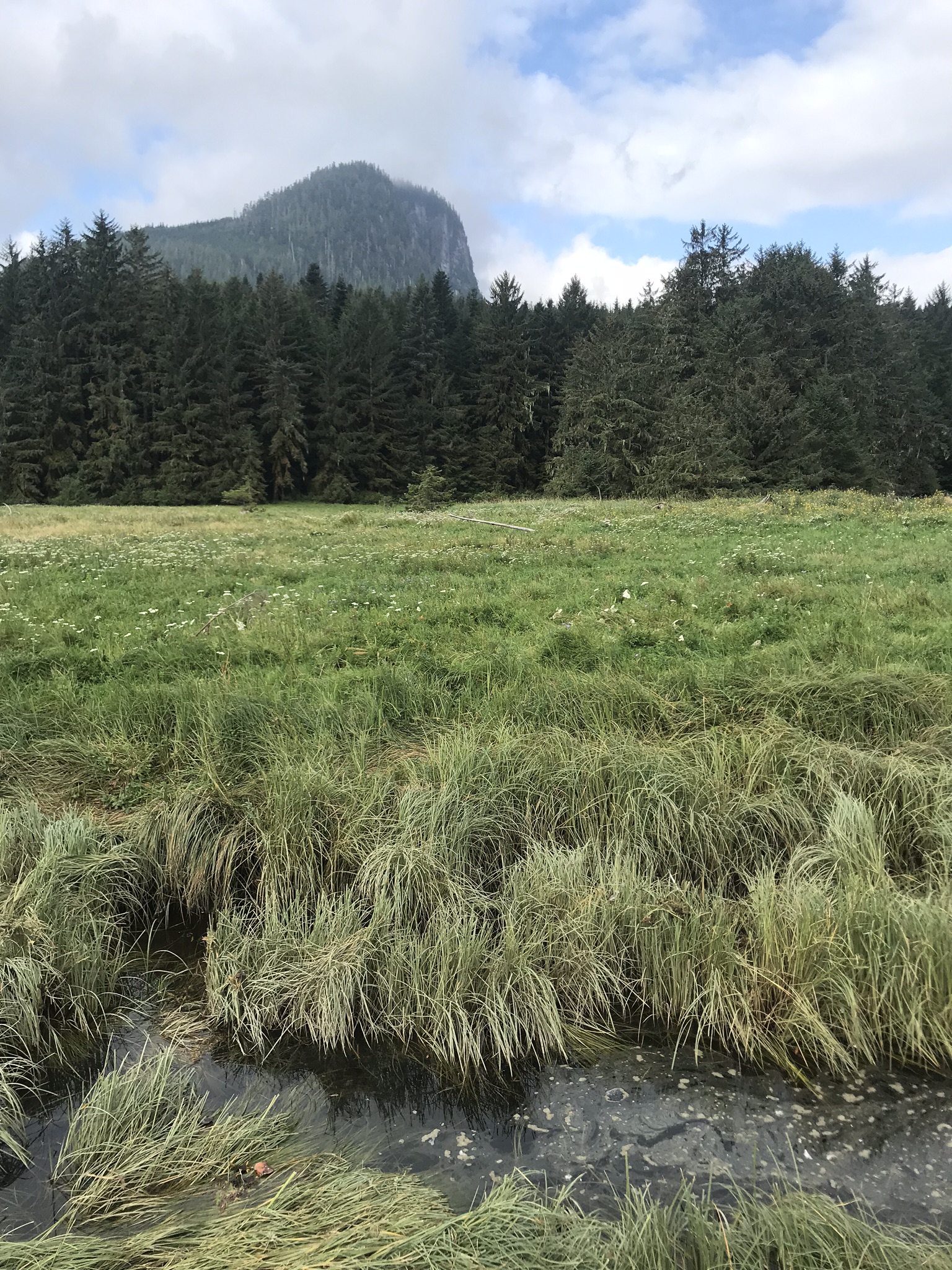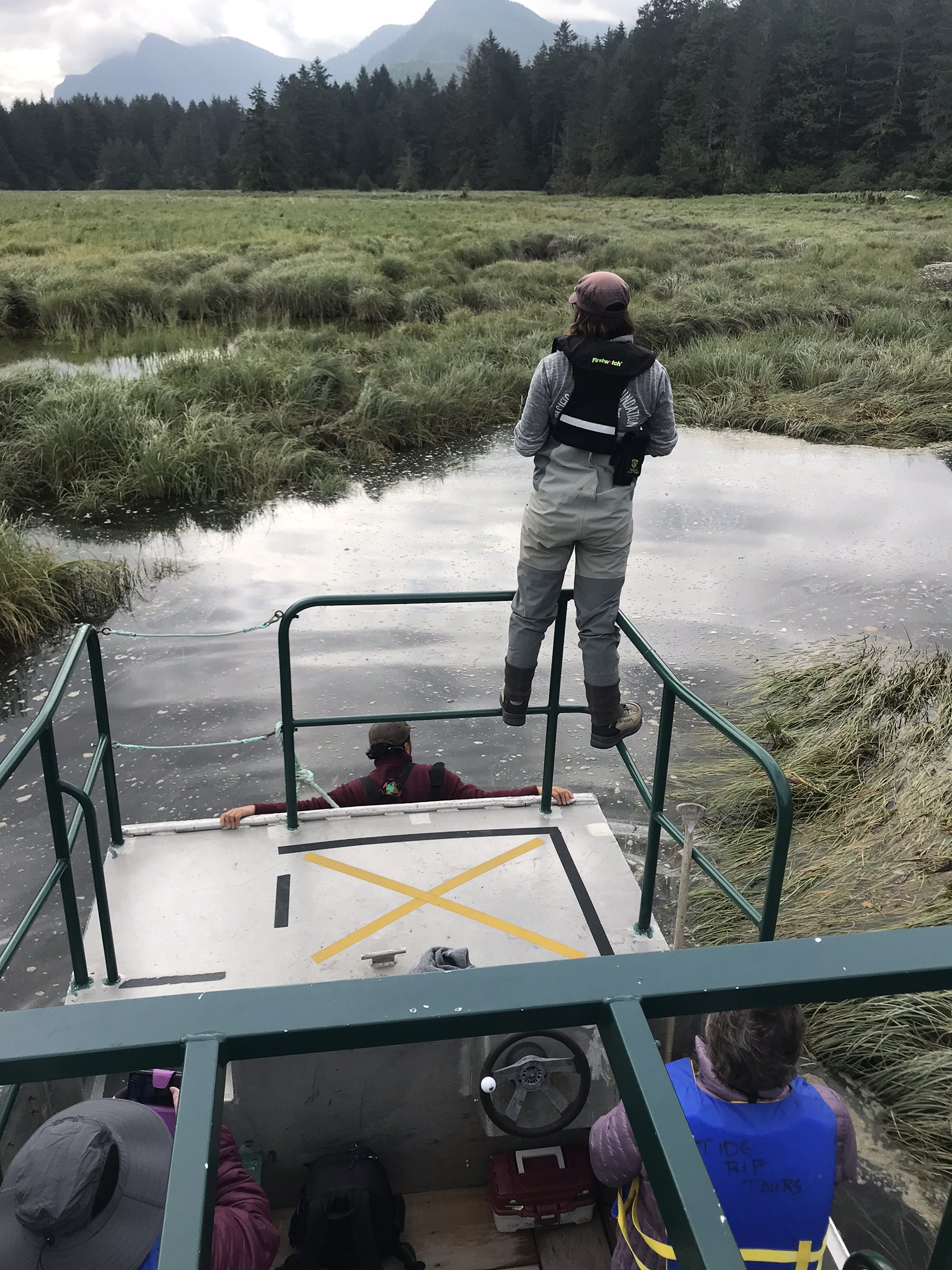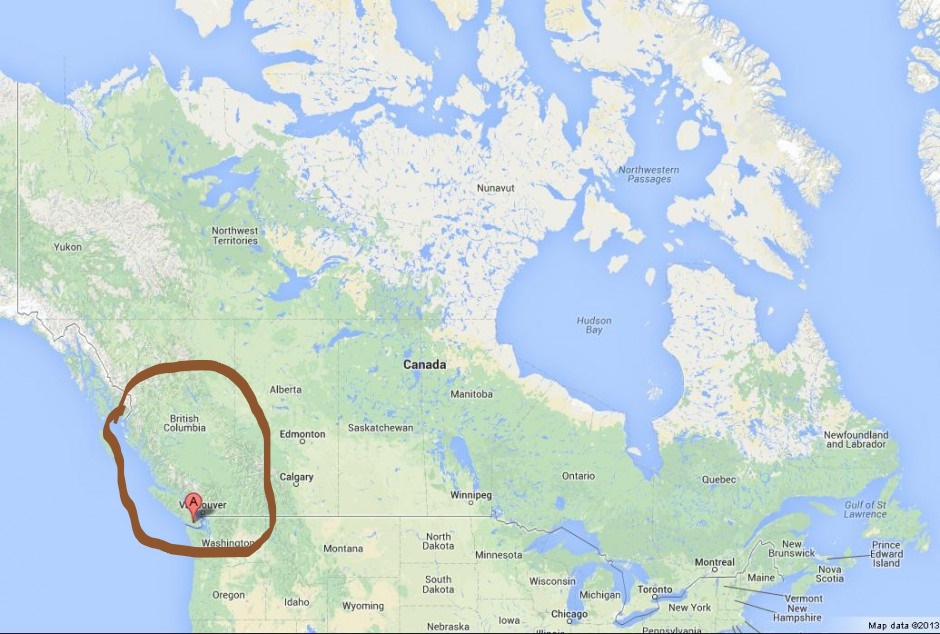Going On a Bear Hunt
We’re going on a bear hunt! We’re going to catch a big one. I’m not scared! Are you ready to join the Shenandoah Valley Discovery Museum on a bear hunt that includes a field trip to Blue Ridge Wildlife Center and Miss Anita’s farm? We are going to be reading some special books, and looking for bears. You get to build your very own bear den. Plus we’ll be exploring shadows! These activities include things that will help your child develop fine and gross motor skills, problem-solving and engineering skills, and can help them engage in cooperative play, while fostering creativity and perseverance. Feel free to throw in your own activities that might relate, and don’t forget to post your results to social media and tag @discoverymuse to share with everyone else!
Imaginative Play: Design a Den to Hide Your Bear
For this activity, you’ll need:
- Building materials (sheets, pillows, construction paper, blocks, whatever you have around the house that you think will make a good home for your bear)
- A bear (any stuffed bear — or other animal will work)
- Your imagination
Directions:
- We’re going on a bear hunt, but first we need to find a place for our bear to hide.
- Using your imagination and whatever materials you have on hand, create a special hiding place for your bear.
- Once you’ve hidden your bear, go to a different part of the house. Our bear hunt game is a lot like follow the leader, with the child who hid the bear getting to be the leader.
- Take your family on a bear hunt. Maybe you have to crawl over the couch or under the table. Maybe you slide across the rug. Maybe you have to sneak around the island in the kitchen. The important thing is to HAVE FUN!
- When you find the bear, take a picture of your family with your bear in its hiding place. Share it with us on social media @discoverymuse (if it’s okay with the grown-ups). We’d love to see what you created!

Science Experiment: Let’s Explore Shadows With Bears
Today we’re going to explore making shadows using Frank Ache’s Moonbear’s Shadow. In our demo, Bear makes a shadow on the mat when he blocks the light of the flashlight. When you’re outside, you make a shadow on the ground when you block the light from the sun. In fact, anything that blocks a source of light can make a shadow! Thank you to our friends at NISENet for sharing this activity with us as part of our Explore Science: Earth and Space 2020 kit!
To make a shadow you need a source of light, an object to block the light, and a surface for the shadow to fall upon.

For this activity, you can use:
- Legos or blocks to make your trees
- A small plastic action figure, Legos, or blocks to be your “Bear”
- A flashlight to be your “Sun”
Directions:
- Use the flashlight to try to cast shadows around your “Bear”
- Try to make Bear’s shadow in front of him.
- Try to make Bear’s shadow behind him.
- Try to make Bear’s shadow long.
- Try to make Bear’s shadow short.
- Shine the sun straight down on Bear from above his head. Where is his shadow?
Physical Activity
Go outside and run around the yard. Get some of those wiggles out while learning a little about your own shadow. This works especially well on a sunny day. The sun (like your flashlight) is a source of light. When your body blocks the path of light, your body casts a shadow.
Questions to think about:
- When do you see your own shadow?
- Do you see your shadow on a cloudy day?
- Does your shadow always look the same?
- Why do you think your shadow changes?
Conversation Starters and Research Questions
- Watch bears in their natural habitats on the webcams below. What do you notice about them? How are polar bears different from brown bears or black bears?
- What kinds of bears live near your hometown? What fun facts can you learn about them?
- Read Dr. Diane’s going on a bear hunt travel journal below. What more would you like to know about bears? Where could you go to learn about them?
Webcams
- Brown Bear/Salmon Webcam at Brooks Falls in Alaska
- View the black bears at the North American Bear Center in Ely, MN
- Discover polar bears and the Northern Lights at Polar Bears International.
Bear Videos from Nat Geo Kids
- Learn more about brown bears
- Learn more about black bears
- Learn more about polar bears
More Fun Bear-Themed Read Alouds (with video in case you don’t have the book):
- Bear Snores On by Karma Wilson
- The Very Hungry Bear by Nick Bland
- The Three Snow Bears by Jan Brett
- I Want my Hat Back by Jon Klassen
- Brown Bear, Brown Bear, What Do You See by Eric Carle
- Polar Bear, Polar Bear, What Do You See by Eric Carle
- Ice Bear — In the Steps of the Polar Bear by Nicola Davies, illustrated by Gary Blythe
- Finding Winnie by Lindsay Mattick and Sophie Blackall
- Looking at Bears by Deborah Hodge, illustrated by Pat Stephens
Dr. Diane’s Going on a Bear Hunt Travel Journal
Dear Discoverers,
Last summer, I went searching for grizzly bears as part of a Road Scholars tour in Canada. We went searching for grizzly bears in Vancouver Island, Vancouver and Jasper, Alberta. Let me share a few things I learned about these beautiful bears on my own personal bear hunt.
We went searching for grizzlies in Glendale Cove and Knight Inlet off Vancouver Island. It’s a shallow estuary that serves as a breeding and feeding spot for grizzly bears. On this particular day, the bears (who don’t have cell service, go figure) decided to play a particularly complex game of hide and seek. Note the bear scat and pressed down grasses, indicative of bear trails and bear day beds. Because they hibernate six months of the year, they tend to be focused on eating the rest of the year.
There are 8 bear species in the world. Black bear and grizzly bears live in the Canadian provinces. Grizzly bears are a subspecies of the brown bear. There are 20,000 brown bears in the world — they are considered a threatened species.
How do you tell the difference between a grizzly and a black bear? The grizzly snout is concave and the black bear’s snout (nose) is straight. Grizzly bears have round smaller ears and black bears have elongated ears. A grizzly has a hump, a huge mass of muscle in the shoulder for digging, to help it get at roots and bulbs. “Bigger hump than rump — it’s a grizzly.”
Grizzly bears can be black and blonde as well as brown (but you can say the same about black bears). Color is not the best way to identify bears. Grizzly bears are usually twice the size of black bears, but size differs by where the bear lives (geography), how old the bear is, and whether it’s a boy or a girl bear.
Check out the paws in the picture! Grizzly claws are built for digging, and black bear claws built for climbing. Bears in Alberta, Canada eat a 90% vegetarian diet; dandelions, grasses. They will eat young immature calves or fawns if they can get them. They are scavengers— not great hunters. They also sniff out and dig out hibernating colonies of ground squirrels (aka fast food) in spring and fall. Bears eat a lot of berries in fall, especially buffalo berries. They can eat 20,000 berries a day in Fall (40,000 calories), which is like finding and eating 40 Big Mac meals a day.
Hope you enjoyed going on this journey with me! I can’t wait to hear about your bear hunts!






